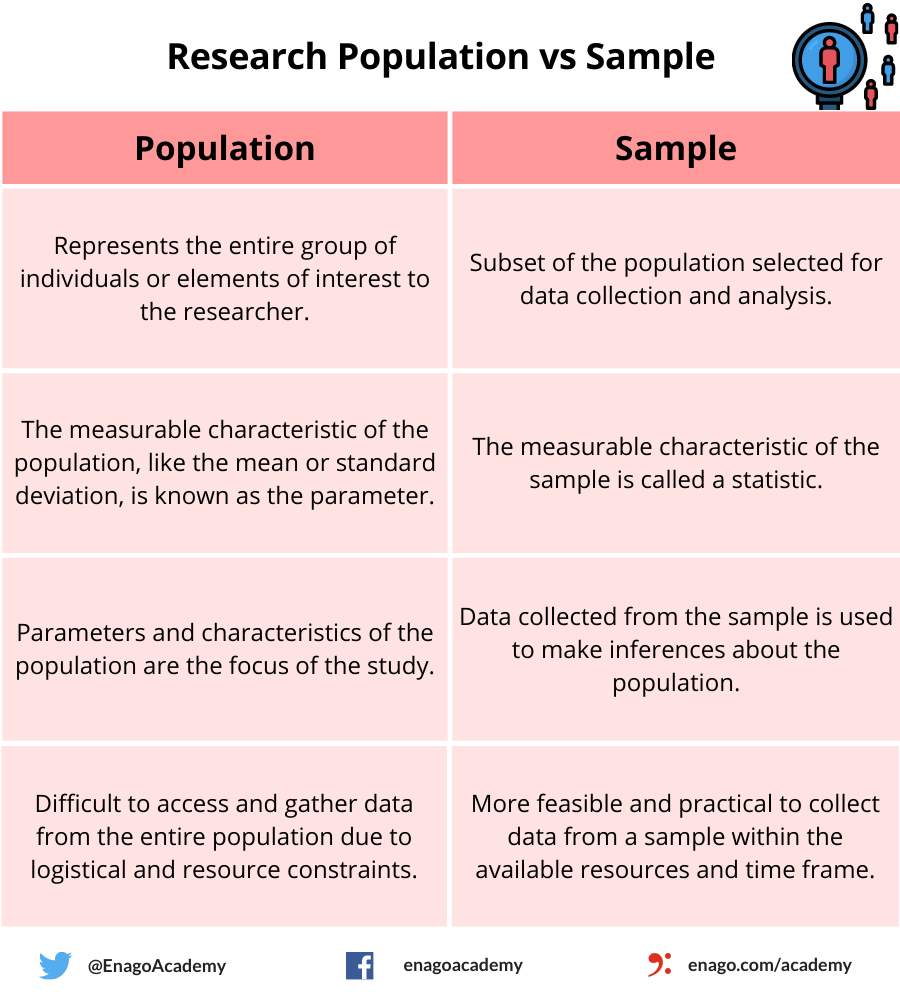Trade norms, seasonal demand, and day by day money choices all move liquidity figures over time. Capital-intensive companies usually run decrease norms as a result of heavy equipment and long receivable cycles tie up assets. Most analysts cite a healthy vary near 1.2 to 2, but business mix, size, and progress stage change what counts as snug. Measure your present ratio on the identical point every billing cycle — monthly, for example — to keep away from seasonal fluctuations skewing your information.
Sensible levers—improving accounts receivable and negotiating supplier terms—help convert assets into cash. A calculated 1.7 instance reveals sturdy coverage, but targets ought to match every firm model and time cycle for sound funding and capital decisions. A good present ratio usually falls between 1 and 3.zero, however this range might vary across different industries. This best vary indicates that the particular company has sufficient assets to cover its short-term obligations. It highlights that a corporation is utilizing its property to cover its debts more effectively.

Can A Company Have A Great Current Ratio But A Poor Quick Ratio?
This formulation offers a straightforward method to gauge a company’s liquidity and its ability to satisfy short-term monetary obligations. One of the constraints https://www.simple-accounting.org/ of the Fast Ratio is that it is probably not appropriate for firms with important inventory holdings. For instance, retail companies usually have high stock ranges, and excluding inventory from the ratio may not precisely replicate their liquidity position.

Each ratios are important indicators of a company’s monetary well being, but the Acid Take A Look At Ratio is considered to be a extra stringent measure of liquidity. A massive difference between the 2 ratios suggests a heavy reliance on stock to fulfill short-term obligations, which can be a priority if stock is slow-moving or hard to liquidate. Ideally, each ratios ought to be above 1, but a extra in-depth fast ratio indicates stronger immediate liquidity. When one evaluates the company’s liquidity position and whether or not it’s liquid enough to satisfy its short-term obligations, monetary ratios turn into important. Two of the most popularly utilized ratios to compute liquidity are the present ratio and quick ratio.
Acid Take A Look At Ratio Vs Current Ratio
It might invest in other areas with its remaining cash, or it could grasp on to the money in case its assets lose value or it is forced to take on debt. With sturdy liquidity, for instance, you can confidently open a model new retailer or invest in new know-how. A strong ratio also suggests you have a safety margin to handle surprising downturns. This is markedly completely different from Company B’s current ratio, which demonstrates a better level of volatility. It might be a sign that the company is taking on an extreme amount of debt or that its cash steadiness is being depleted, either of which could presumably be a solvency issue if the development worsens.
- It is important to consider these elements and analyze the ratios at the facet of other financial indicators to gain a comprehensive understanding of a company’s financial health.
- Each the current ratio and fast ratio play an important position in basic evaluation by helping you gauge a company’s short-term monetary stability.
- The current ratio, including all present belongings, may seem like a broader, extra comforting security internet.
- The difference between current ratio and quick ratio lies in the assets they embody.
If your current phrases are above 60 days, it’s time to implement shorter reimbursement phrases for purchasers. While some interest rate expenses could apply, you’ll release the money earmarked for that buy. That might bring your short-term property and liabilities into alignment. In any case, having more cash to rely on in your accounts receivable ledger is an effective thing. The acid test ratio is right for getting a quick pulse on the enterprise.
The key distinction between the fast ratio and the current ratio is that the quick ratio excludes stock and prepaid bills. Whereas the current ratio formula considers all current belongings, the short ratio formulation focuses solely on assets that may shortly and easily be transformed to cash. The current ratio method helps enterprise house owners and individuals to depict an organization’s monetary conditions. It calculates all current assets and present liabilities to investigate short-term liquidity and the ability to cover money owed.

Present Ratio Defined With Method And Examples
Monitoring a company’s Current Ratio over time helps in assessing its monetary trajectory. For occasion, if a company’s Present Ratio was 2 final yr however is 1.5 this year, it might recommend that its liquidity has barely decreased, which might be a trigger for additional investigation. This means the company has twice the amount of present belongings as present liabilities, indicating sturdy liquidity.
The current ratio compares present assets to present liabilities to discover out how well an organization can meet all financial obligations due within a year. The conventional benchmark means that a present ratio above 2.0 and an acid take a look at ratio above 1.zero indicate good liquidity positions. In right now’s efficient markets, many profitable companies function with decrease ratios through better working capital effectivity. The Present Ratio provides a broader view of an organization’s short-term liquidity compared to the Acid Check Ratio. By including stock, it considers the company’s ability to transform stock into money to fulfill its obligations.
Investors use the present ratio as a key indicator when evaluating potential investments. A company with a stable or improving ratio is seen as a lower-risk funding, whereas a declining ratio may sign monetary misery. Traders additionally compare the ratio across a quantity of durations to establish tendencies in liquidity and financial administration practices. It shows the corporate has sufficient accessible assets to cowl near-term monetary obligations — and maybe even some breathing room. But too much of a cushion can elevate questions on underutilized capital.
Understanding the nuances and trade-offs between these ratios is essential for efficient monetary evaluation and decision-making. The current ratio uses the entire present assets and divides their complete by the total amount of present liabilities. This happens when a large portion of its current belongings is tied up in inventory, which boosts the current ratio but doesn’t impression the fast ratio.
